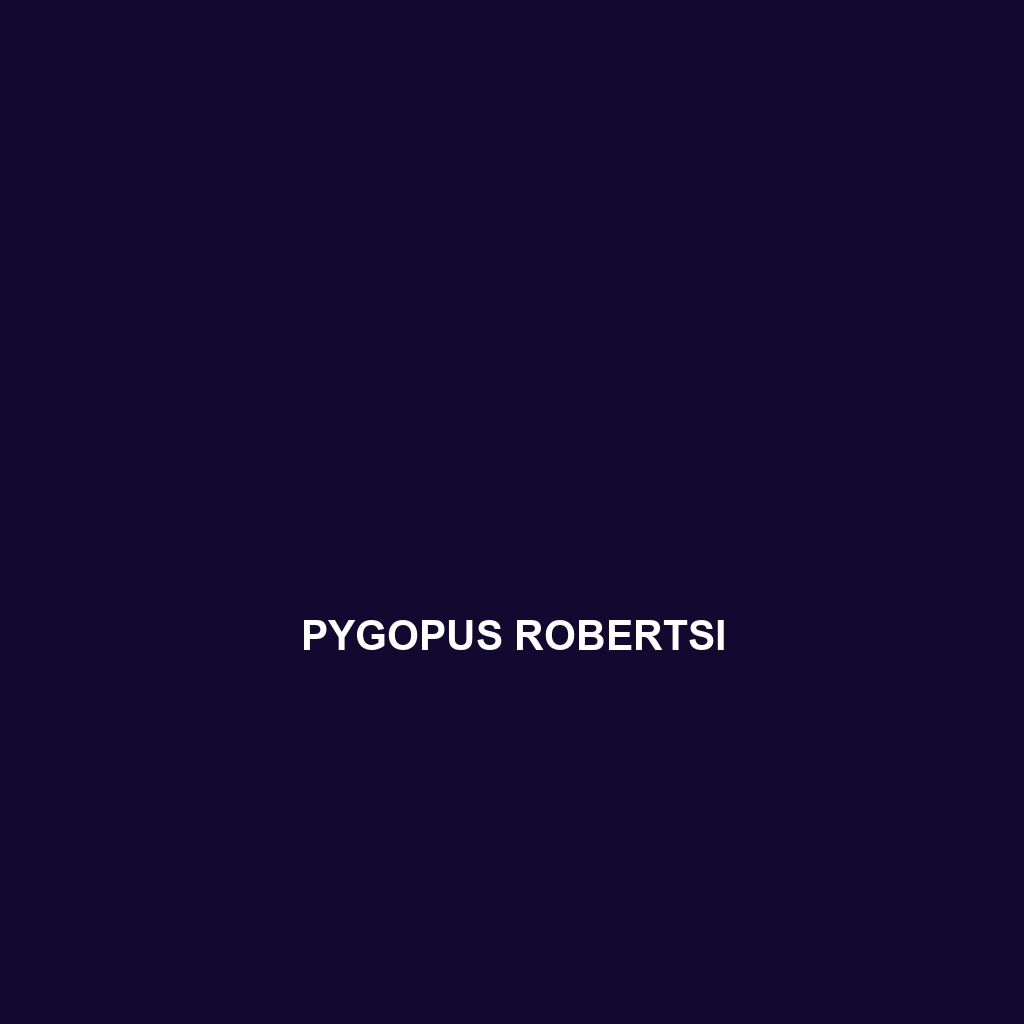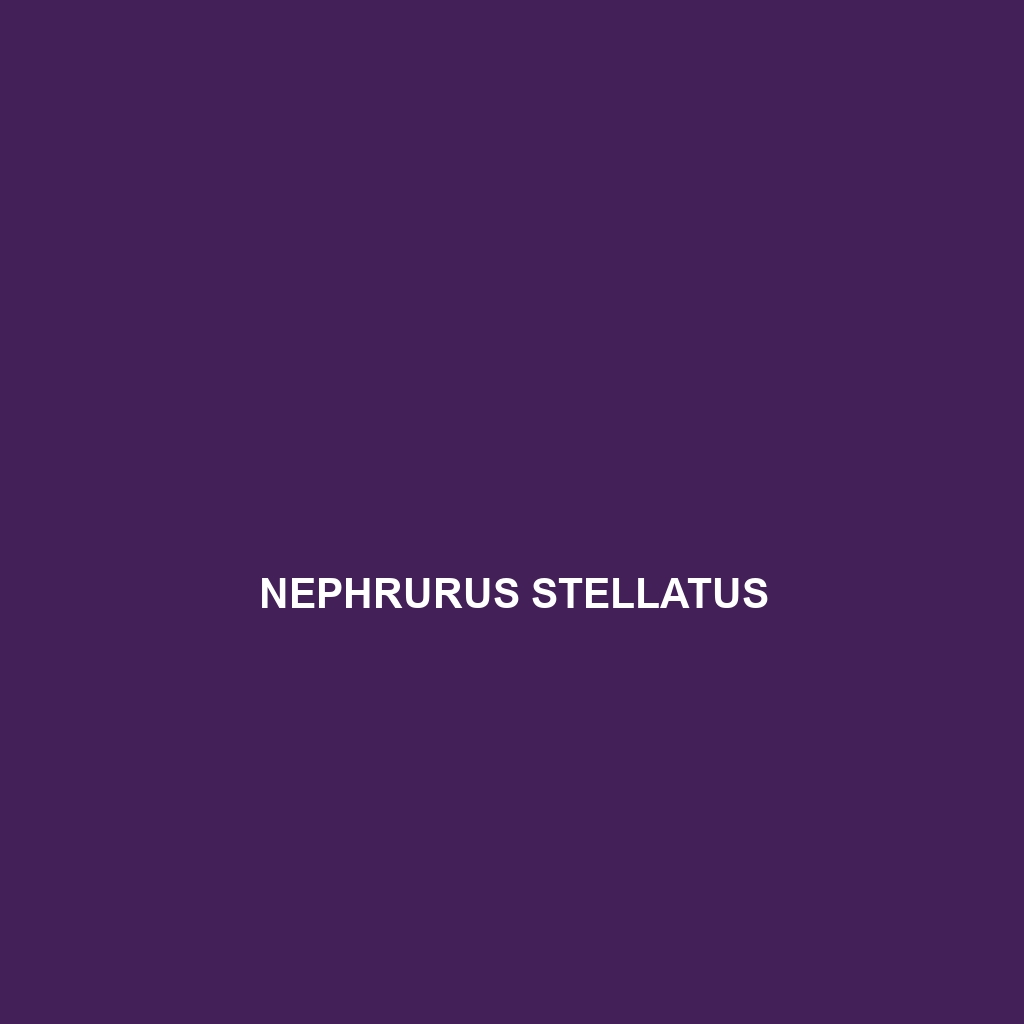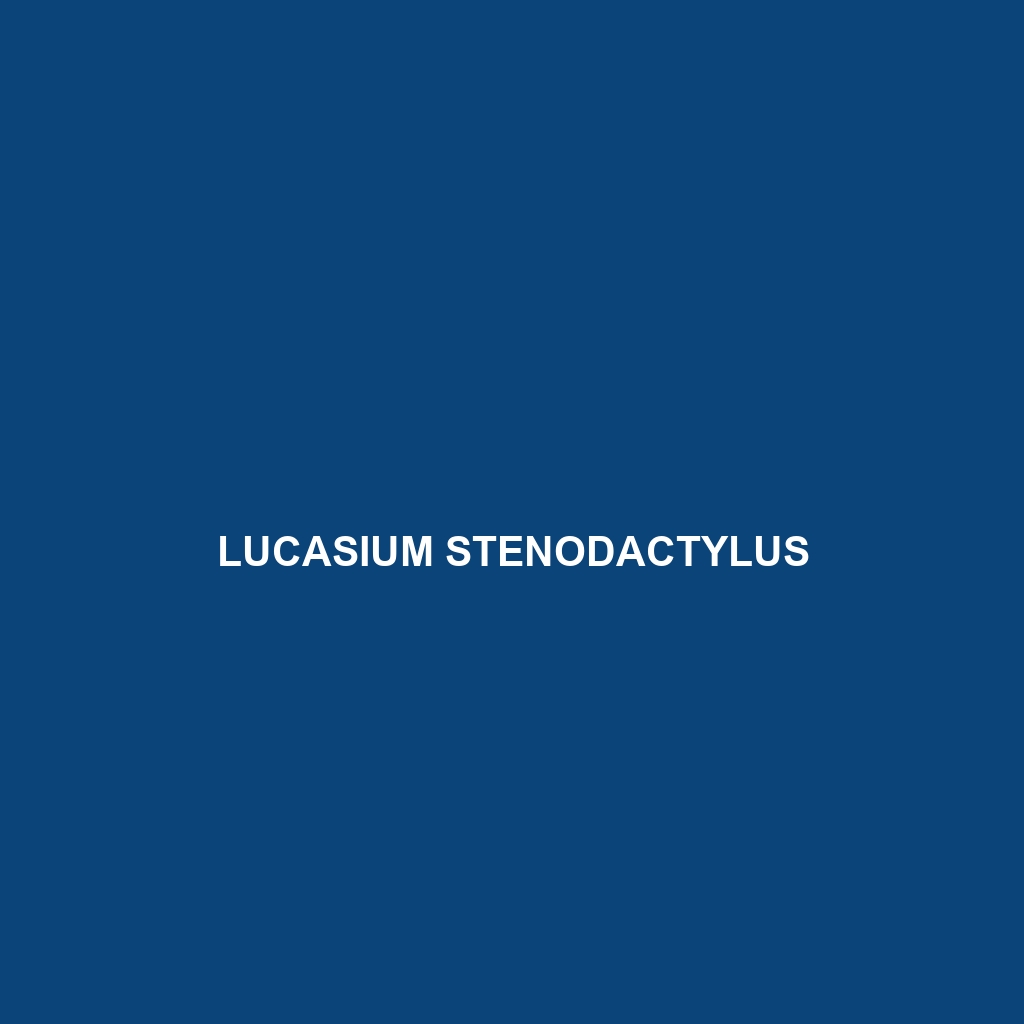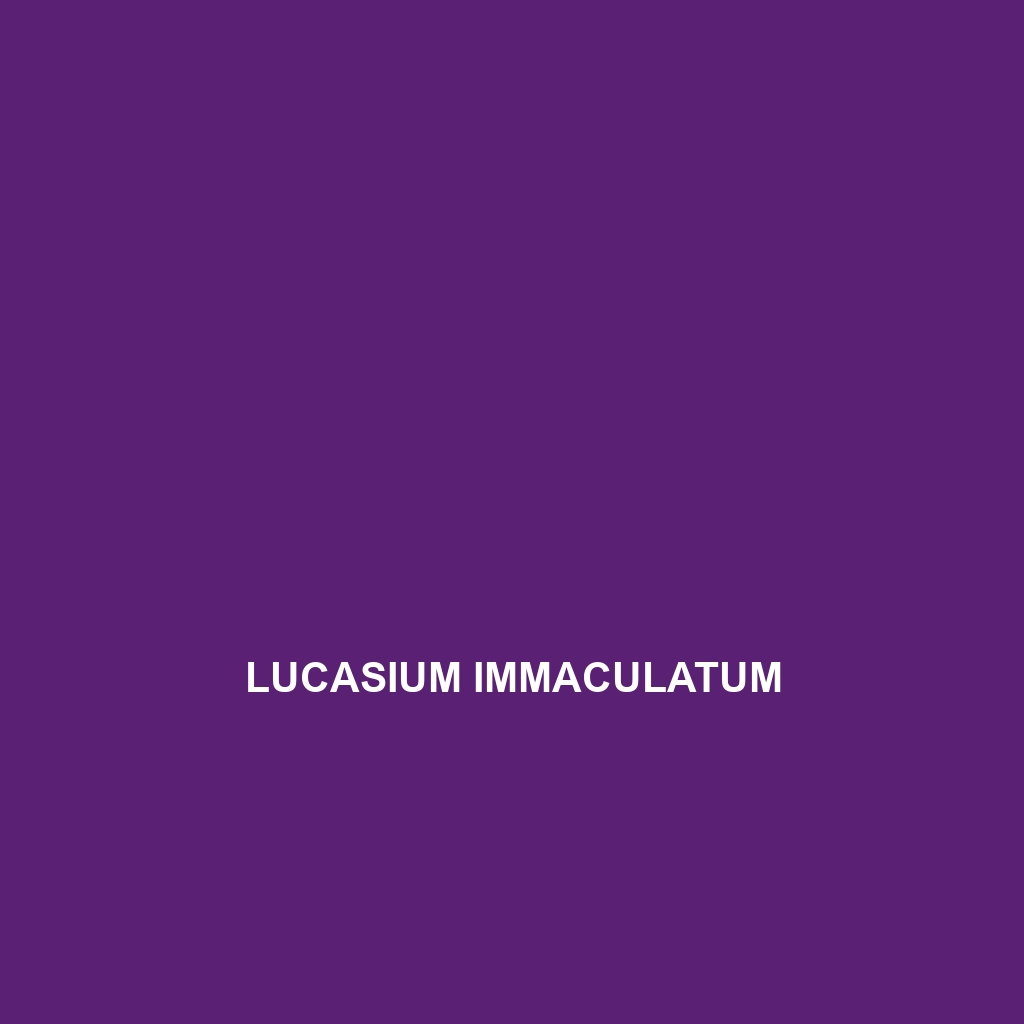<p><b>Pygopus robertsi</b>, or Roberts' legless lizard, is a fascinating insectivorous species found in eastern Australia, characterized by its elongated, limbless body and camouflaging colors. Primarily nocturnal, it plays a crucial role in maintaining insect populations and serves as both predator and prey within its subtropical forest habitat.</p>
Tag: Australian ecosystems
Pseudemoia entrecasteauxii
<b>Pseudemoia entrecasteauxii</b>, commonly known as the Southern Skink, is a diurnal insectivore native to southeastern Australia, thriving in moist temperate forests. With a streamlined body reaching 10-20 cm, it features glossy scales for camouflage and plays a crucial role in maintaining insect populations within its ecosystem.
Pygopus robertsi
<p><b>Pygopus robertsi</b>, or Roberts' legless lizard, is a fascinating insectivorous species found in eastern Australia, characterized by its elongated, limbless body and camouflaging colors. Primarily nocturnal, it plays a crucial role in maintaining insect populations and serves as both predator and prey within its subtropical forest habitat.</p>
Pseudemoia entrecasteauxii
<b>Pseudemoia entrecasteauxii</b>, commonly known as the Southern Skink, is a diurnal insectivore native to southeastern Australia, thriving in moist temperate forests. With a streamlined body reaching 10-20 cm, it features glossy scales for camouflage and plays a crucial role in maintaining insect populations within its ecosystem.
Oedura nesos
<b>Oedura nesos</b>, commonly known as the Southern Rock Gecko, is a striking nocturnal reptile native to the rocky outcrops and shrublands of northeastern Australia. This robust gecko features a smooth, variable color palette and plays a vital role in its ecosystem as an insectivore while showcasing unique behaviors and adaptations for survival.
Oedura gracilis
<strong>Discover the Oedura gracilis, or thick-tailed gecko, a nocturnal insectivore native to Australia, recognized for its robust body, thick tail for fat storage, and excellent camouflage in various habitats. This adaptable species plays a vital role in its ecosystem, helping control insect populations while serving as a food source for larger predators.</strong>
Nephrurus stellatus
The Nephrurus stellatus, or star-tracel gecko, is a resilient insectivorous species native to Australia's arid regions, known for its distinctive star-like patterned skin, nocturnal behavior, and adaptive abilities to thrive in harsh climates. This gecko plays a crucial role in its ecosystem by controlling insect populations and serving as prey for larger predators.
Menetia alanae
<b>Menetia alanae</b>, commonly found in Australia’s coastal and inland regions, is a slender, nocturnal omnivore known for its distinctive striped body and ability to regenerate its tail. This adaptable species thrives in diverse habitats and plays a crucial role in its ecosystem by regulating insect populations and dispersing seeds.
Lucasium stenodactylus
<p><b>Lucasium stenodactylus</b>, commonly known as the <em>Hudson's Skink</em>, is a small to medium-sized nocturnal lizard found in the eastern regions of Australia, thriving in various habitats such as rainforests and savannas. With its unique adaptations, including a finely pointed snout, smooth shiny scales, and a diet primarily consisting of insects, this species plays a crucial role in maintaining ecosystem balance.</p>
Lucasium immaculatum
Discover the fascinating Lucasium immaculatum, a small, nocturnal reptile native to Australia's diverse habitats, featuring smooth, mottled skin for excellent camouflage and an insectivorous diet that helps maintain ecological balance. With its unique mating displays and ability to change color, this species is a remarkable addition to any reptile enthusiast's collection.









